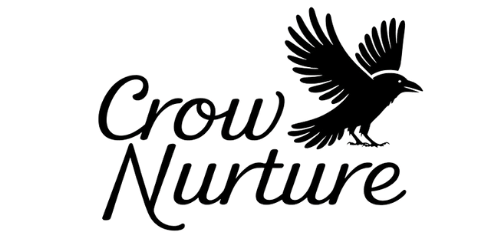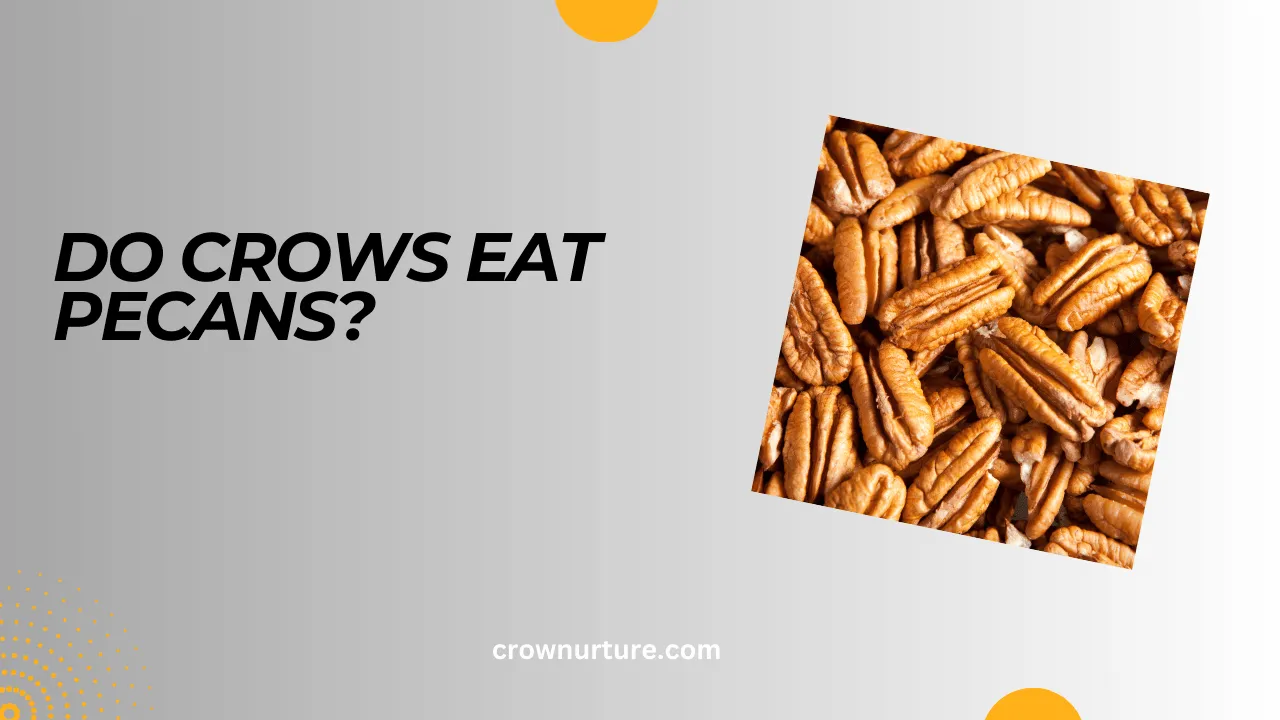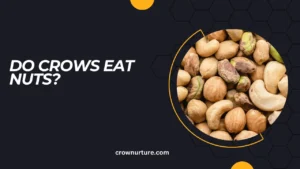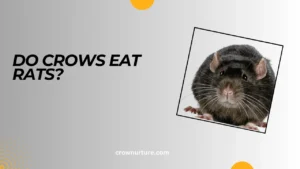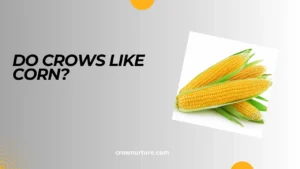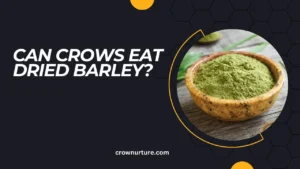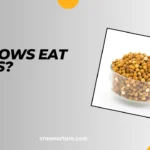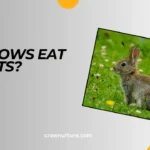Crows, with their sharp intelligence and resourceful nature, are often seen scouring urban streets or rural fields in search of food. But have you ever wondered if these clever birds are partial to something as specific as pecans?
With their diverse diets and adaptable behaviors, it’s intriguing to explore whether pecans, a beloved nut for humans, also appeal to our feathered neighbors. This article delves into the fascinating world of crows, examining their dietary preferences, foraging behaviors, and whether pecans play a role in their diverse diet.
Understanding this relationship is important, especially for farmers and gardeners who may be concerned about the impact of crows on their crops.
From the nutritional value of pecans to the problem-solving abilities of crows, we’ll uncover how these birds interact with their environment, including how they forage and potentially affect pecan harvests.
We’ll also discuss practical strategies to prevent any crop damage while fostering a peaceful coexistence with these intelligent birds.
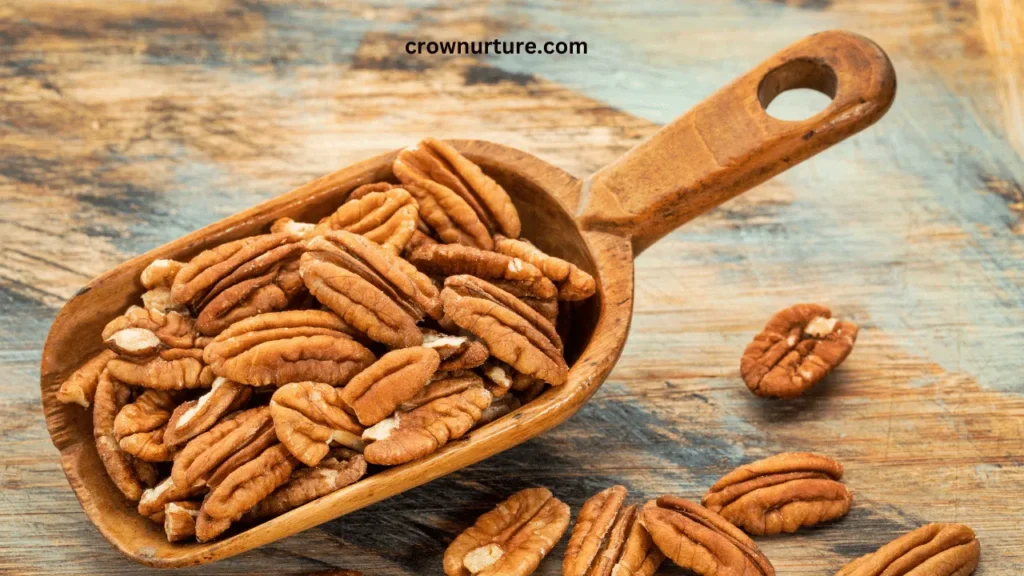
Contents
1. The Crow’s Diet: A Diverse Feast
Crows are omnivores, meaning they consume both plant and animal matter. Their diet is as varied as the environments they inhabit, ranging from seeds and fruits to small animals and insects.
They are opportunistic feeders, adjusting their eating habits depending on what is available. For example, during the fall, crows may consume more nuts like pecans as they prepare for the colder months, when food sources are less abundant.
These dietary shifts are particularly evident with seasonal variations, where food sources like insects and fruits are plentiful in warmer months, while nuts and seeds become more critical during the colder seasons.
2. Foraging Behavior and Intelligence
Crows are renowned for their problem-solving abilities and remarkable intelligence. They use tools and even work together to achieve their goals, showcasing their ability to think critically and adapt.
An interesting aspect of crow behavior is their caching habit, where they hide food for later consumption. Pecans, with their hard shell, make an ideal item for crows to cache. This behavior not only supports the crow’s survival but also contributes to the spread of seeds, benefiting the environment.
Social learning plays a big role in crows’ foraging strategies. They are quick to learn from each other, picking up techniques for cracking nuts or finding new food sources, which might include the valuable pecan trees.
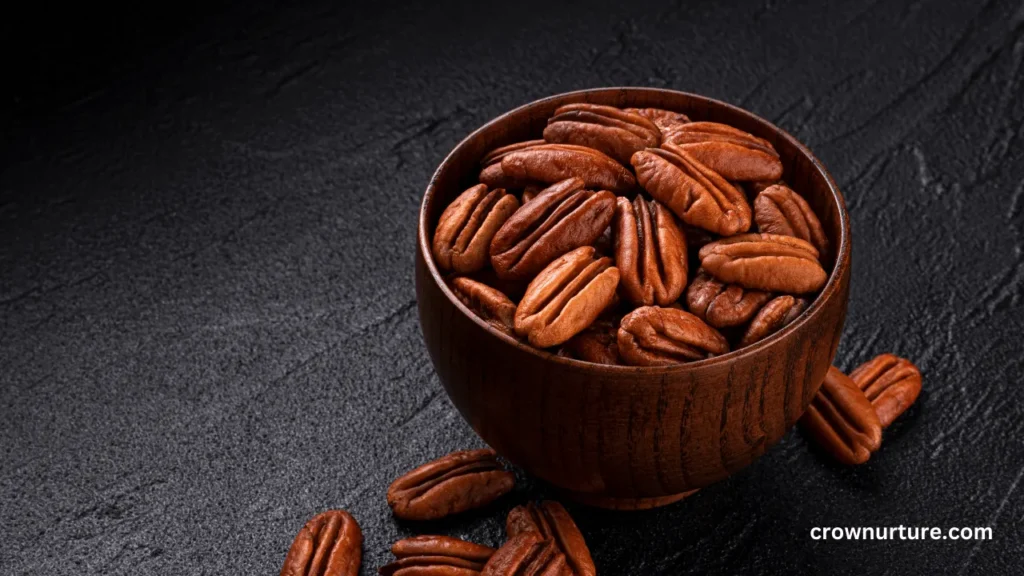
3. Crows and Pecans: A Delicate Balance
Pecans are a rich source of nutrients for crows, providing protein, fat, and energy. These nuts become especially important during the fall and winter months when other food sources are harder to find.
However, the presence of pecan trees in orchards can pose a challenge for farmers. Crows, being adept at finding food, might cause damage to crops, especially if the trees are not protected. This behavior can be frustrating for orchard owners, as crows can be persistent.
Several mitigation strategies are available to help reduce crow damage, including the use of bird netting, reflective tape, and scarecrows, as well as sound deterrents. These methods can help keep crows away without harming them, promoting a peaceful coexistence.
4. Human Interactions with Crows
Crows have a deep cultural significance in various societies, often symbolizing intelligence or mystery. However, their presence in urban areas and interaction with human activities can lead to challenges.
As crows have adapted to urban environments, their ability to find food in cities and suburbs has grown. Unfortunately, this means they may also find their way into gardens, orchards, and trash cans, which can lead to human-crow conflicts over food sources and property.
While crows can be seen as a nuisance in some cases, understanding their behavior and implementing appropriate strategies can help mitigate conflicts. They are remarkable birds that deserve respect for their ecological role, even when their habits cause inconvenience.
Conclusion
Crows are incredibly intelligent and adaptable birds that contribute greatly to ecosystems. While pecans may not be their primary food source, they certainly appreciate the nutritional value of these nuts, especially when other food sources are scarce.
By understanding crow behavior, such as their foraging, caching, and problem-solving skills, we can better manage interactions with these fascinating creatures. For those with pecan trees, knowing how to protect crops can minimize damage while ensuring a harmonious coexistence with crows.
With their intelligence and adaptability, crows are not just a curiosity; they are an essential part of the ecosystem that we can appreciate and understand better through thoughtful observation.
FAQs
1. Do crows eat pecans?
Yes, crows do eat pecans, especially when other food sources are less available in the fall and winter months.
2. How can I protect my pecan trees from crows?
You can use bird netting, scarecrows, reflective tape, or bird repellent sprays to deter crows from damaging your pecan trees.
3. Are crows beneficial to the environment?
Yes, crows help control pest populations and play an important role in seed dispersal, contributing to plant growth.
4. Can I feed crows?
While feeding crows may seem harmless, it can lead to overpopulation and aggressive behavior. It’s best to avoid feeding them.
5. Why do crows gather in large numbers?
Crows gather in large groups, known as a murder, for socialization, roosting, and foraging purposes.
6. How intelligent are crows?
Crows are highly intelligent birds, capable of problem-solving, tool use, and even social learning.
